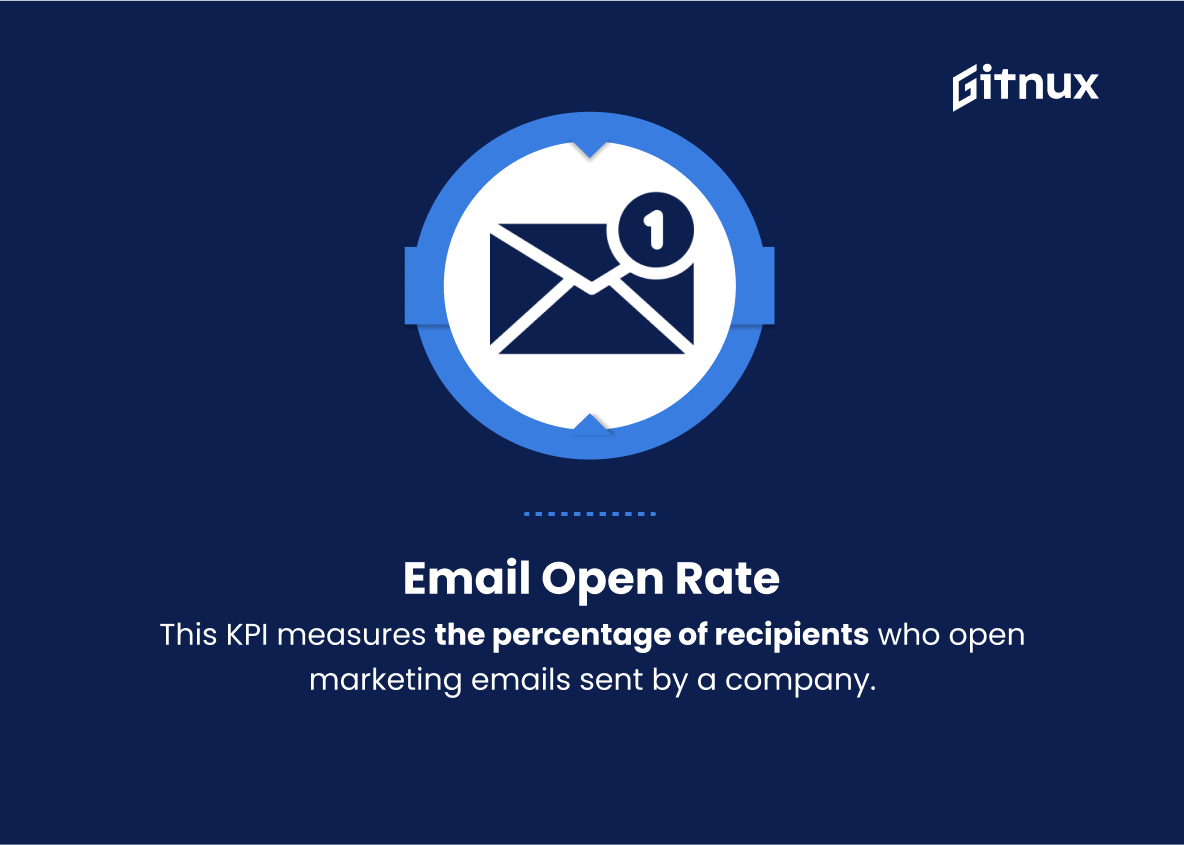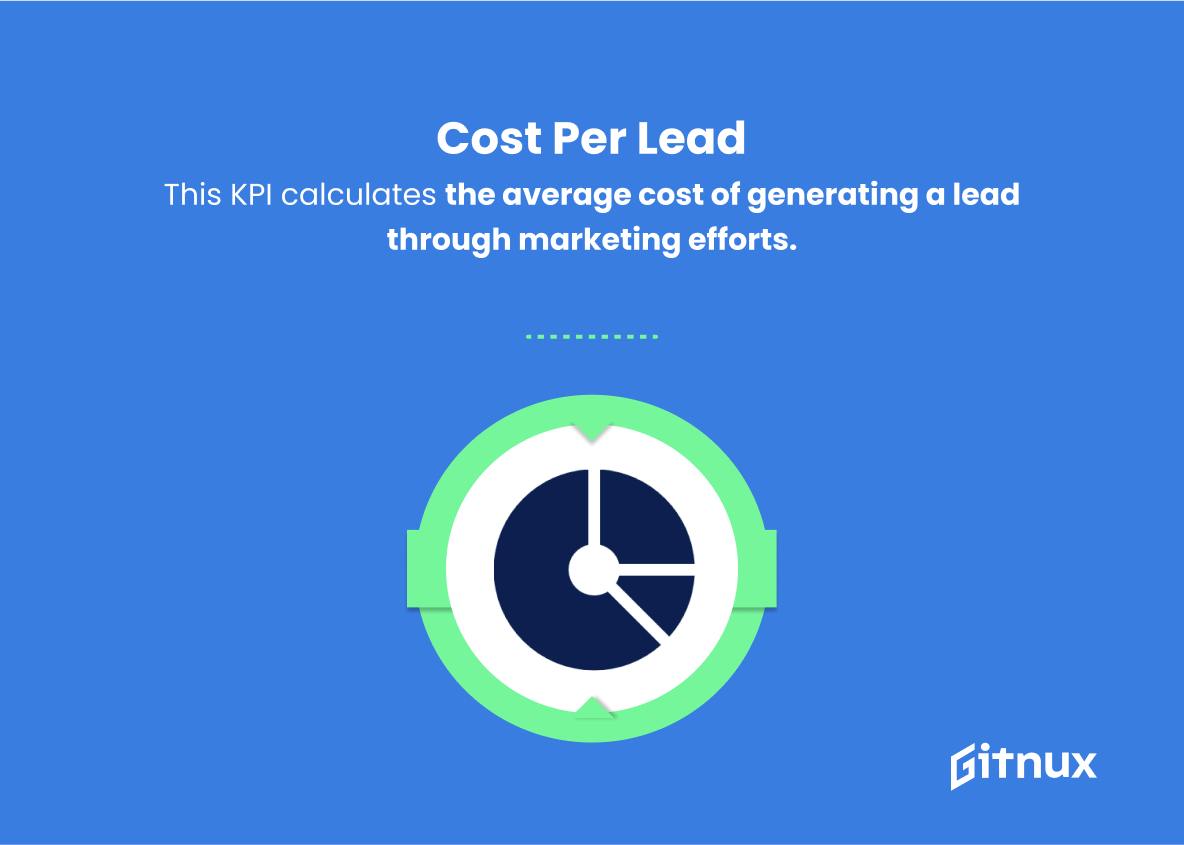In today’s highly competitive business landscape, the role of Marketing Directors has evolved significantly, demanding a higher degree of accountability, strategic thinking, and data-driven decision-making skills. A crucial aspect of this transformation involves tracking, measuring, and optimizing key performance indicators (KPIs), which serve as invaluable tools in evaluating the success of marketing efforts and guiding future initiatives.
In this enlightening blog post, we will delve deep into the most vital KPIs for Marketing Directors, offering valuable insights and practical tips for leveraging these metrics to drive growth, foster innovation, and elevate the overall performance of your marketing department. So buckle up and prepare to take your marketing prowess to new heights as we embark on this illuminating journey into the world of Marketing Director KPIs.
Marketing Director KPIs You Should Know
1. Return on Marketing Investment (ROMI)
This KPI measures the profitability and efficiency of marketing campaigns. It is calculated by dividing the revenue generated from marketing efforts by the costs invested in those efforts.
2. Customer Acquisition Cost (CAC)
This KPI measures the average cost of acquiring a new customer through marketing efforts. It is calculated by dividing the total marketing cost by the number of new customers acquired.
As a Marketing Director, several KPIs help assess the effectiveness of marketing efforts and decision-making.3. Customer Lifetime Value (CLV)
This KPI estimates the total revenue that a company can expect from a single customer over the entire duration of their relationship. It is important for the Marketing Director to maximize the impact of marketing efforts and focus on customer retention strategies.
4. Lead-to-Customer Conversion Rate
This KPI measures the effectiveness of converting leads into actual customers. It is calculated by dividing the number of leads that ultimately turn into customers by the total number of leads generated.
5. Organic Traffic
This KPI measures the number of visitors who come to a website through unpaid search results. A higher organic traffic count indicates that the website is being found easily through search engines, reflecting successful SEO and content marketing strategies.
6. Social Media Engagement
This KPI tracks the interactions of users with a brand’s social media profiles and content. It includes metrics such as likes, shares, comments, and follows, showing the effectiveness of a brand’s social media marketing efforts.
Return on Marketing Investment (ROMI) measures the profitability and efficiency of marketing campaigns, giving insights into the return on marketing spend.7. Email Open Rate
This KPI measures the percentage of recipients who open marketing emails sent by a company. A higher email open rate indicates that the marketing campaign is successful in capturing the audience’s attention.
8. Click-Through Rate (CTR)
This KPI measures the percentage of users who click on a link or advertisement, reflecting the success of a campaign in driving traffic to a specific destination.
9. Bounce Rate
This KPI measures the percentage of website visitors who leave without interacting with the website or viewing additional pages. A high bounce rate might indicate that the website content or design is not captivating enough to retain visitor interest.
10. Net Promoter Score (NPS)
This KPI gauges customer satisfaction and loyalty to a brand by asking customers how likely they are to recommend the company to others. A higher NPS suggests that the marketing director’s efforts in improving brand perception and customer satisfaction are successful.
11. Marketing Qualified Leads (MQLs)
This KPI measures the number of leads generated through marketing efforts that meet specific criteria, such as the likelihood to make a purchase or fit the target audience profile. This KPI helps Marketing Directors to understand the quality of the leads generated and fine-tune their marketing strategies.
12. Cost per Lead (CPL)
This KPI calculates the average cost of generating a lead through marketing efforts. Lower CPLs indicate that marketing campaigns are efficiently driving leads, enabling the Marketing Director to allocate resources effectively.
Marketing Director KPIs Explained
As a Marketing Director, several KPIs help assess the effectiveness of marketing efforts and decision-making. Return on Marketing Investment (ROMI) measures the profitability and efficiency of marketing campaigns, giving insights into the return on marketing spend. Customer Acquisition Cost (CAC) helps determine the average cost of acquiring a new customer, guiding budget allocation and targeting efforts. Customer Lifetime Value (CLV) allows for informed decisions in maximizing marketing impact and retention strategies.
Lead-to-Customer Conversion Rate evaluates the efficiency of turning leads into customers, while Organic Traffic represents the success of SEO and content marketing strategies. Social Media Engagement measures user interactions with a brand’s content, indicating the effectiveness of social media marketing. Email Open Rate and Click-Through Rate (CTR) show the potential success of email and digital marketing campaigns. Bounce Rate reveals website content and design effectiveness.
Net Promoter Score (NPS) gauges customer satisfaction and loyalty, reflecting brand perception improvements. Marketing Qualified Leads (MQLs) and Cost per Lead (CPL) measure lead quality and cost-efficiency, enabling Marketing Directors to fine-tune strategies and allocate resources effectively.
Conclusion
In summary, a Marketing Director’s KPIs are instrumental in measuring the overall performance of their marketing strategies and campaigns. These KPIs encompass a wide range of areas, such as brand awareness, lead generation, ROI, cost efficiency, and customer satisfaction. A well-defined, balanced, and regularly monitored set of KPIs ensures that the Marketing Director stays focused on achieving both short-term and long-term organizational goals.
The right KPIs, when aligned with the company’s objectives, will ultimately lead to a successful marketing plan and a competitive edge in the market. Remember, the key to maximizing performance lies in continually refining these KPIs based on the evolving marketplace and staying agile in the face of new challenges and opportunities.













